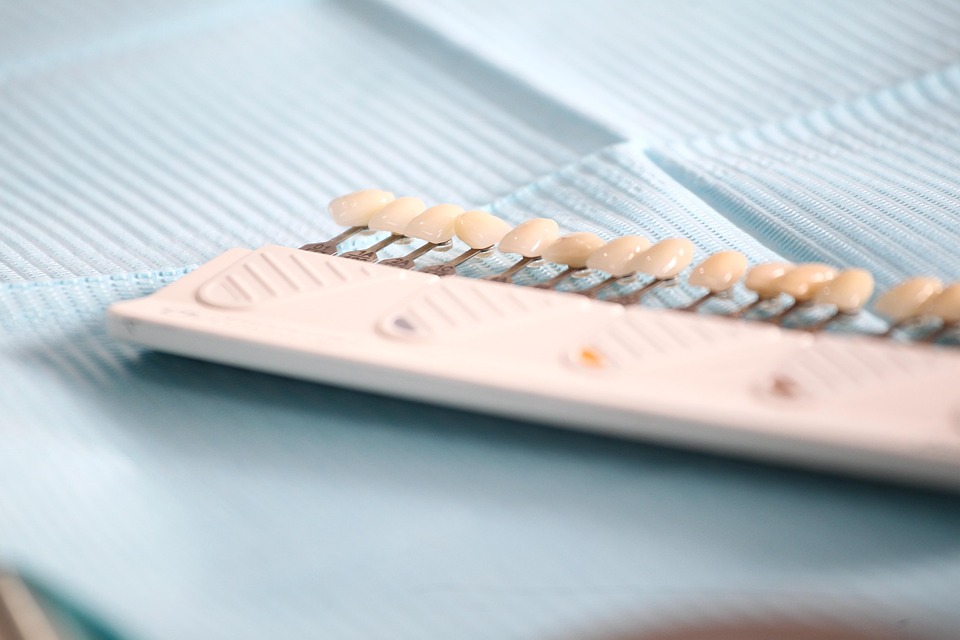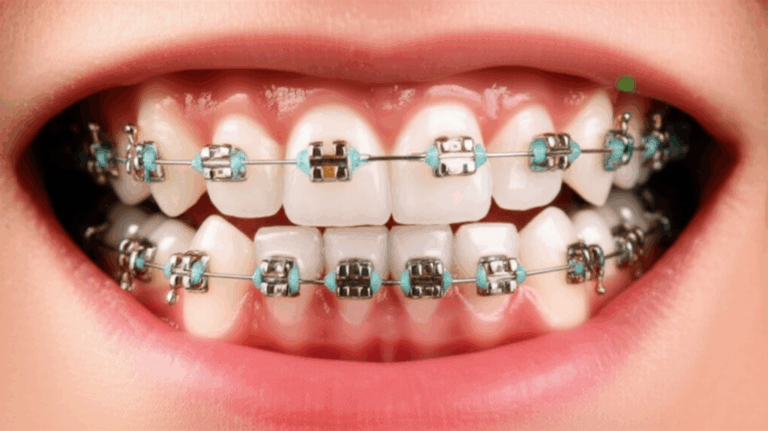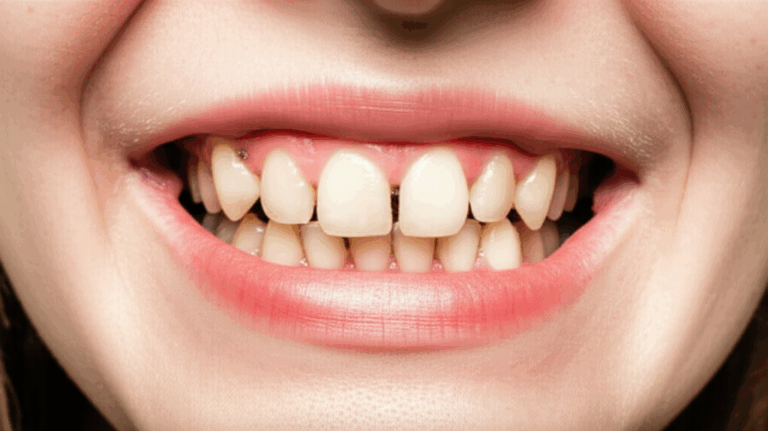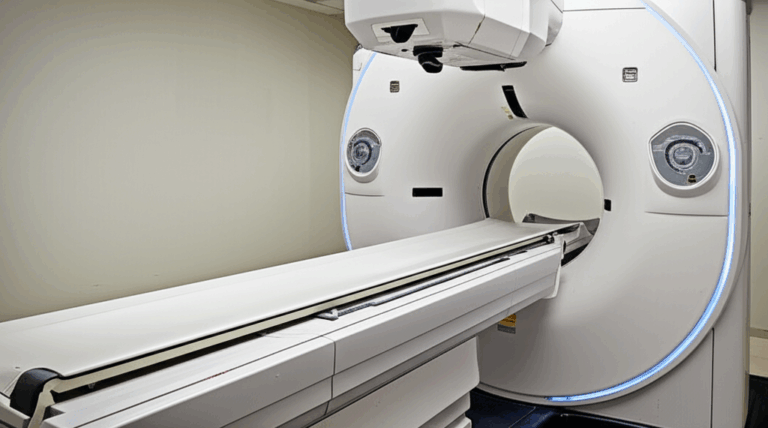
How Long Has Veneers Been Around
I always wonder how stuff got made. Not just big stuff, like computers or cars, but the normal things we dont think about. Like the perfect smiles you see on TV. It turn out, them smiles have a story thats more interesting than you think. This is not just a story about teeth, its a story about Hollywood, smart ideas, and how we all wants to feel good about ourself. If you ever thinked about veneers or wanted a whiter smile, you come to the right place. I’m gonna take you on a trip from old movies in the 1920s to the fancy dentist labs now. You’ll find out how a fake thing for movies become one of the best ways to get a great smile what lasts a long time.
Article Outline
- What Even Are Veneers? Let’s Break It Down.
- So, Where Did This All Start? A Hollywood Tale.
- Did Early Veneers Actually Work?
- When Did Veneers Become a Real, Lasting Solution?
- Are Today’s Veneers Different from the Old Ones?
- How Are Veneers Made Today? A Peek Inside the Lab.
- Why Do People Even Get Veneers?
- Is Getting Veneers a Complicated Process?
- Can Veneers Help with More Than Just Looks?
- What Does the Future Hold for a Perfect Smile?
What Even Are Veneers? Let’s Break It Down.
Before we go back in time, lets make sure we all understand. What are we talkin about? Picture a little, super thin shell, shaped just like a tooth’s front. That’s a veneer. These shells is usually made of porcelain or a special composite resin stuff. A dentist glues them to the front of your real teeth. Is like putting a new, nice cover on a book that have some marks.
The whole reason for veneers is to change how your teeth looks. They can fix a whole list of stuff that might make you sad about your smile. We’re talking about covering stains what won’t go away, fixing chips or cracks, closing little gaps between teeth, or even make crooked teeth look straight. It’s a fix for looks, but for lots of people, the change feel much bigger than that.
You might hear people talk about them and think it’s a big, scary thing to do. But it’s not as big a deal as getting a crown, which cover the whole tooth. With veneers, your dentist only have to work on the very front part. The end result is a smile that look natural and lasts a long time, and it can completely change how you look and, more important, how you feels about yourself.
So, Where Did This All Start? A Hollywood Tale.
The story of veneers don’t start in a dentist office. Nope. It starts in Hollywood, a long time ago in the 1920s and 30s. A dentist in California named Dr. Charles Pincus had lots of famous actors as his clients. In them days of black-and-white movies, a perfect smile was everything. But not every movie star was born with one. Some had gaps, stains, or crooked teeth, just like us.
Dr. Pincus had a really smart idea. He made thin, fake tooth fronts from acrylic. The actors could stick these on their real teeth for their movie parts. All of a sudden, an actor with a smile that wasn’t perfect could have a amazing, “Hollywood” smile for the camera. These was the very first veneers. They was just for a little while, held on with a simple denture glue, and would only last for a few hours of making the movie.
This changed everything for movies. Big stars like Shirley Temple got their movie smiles from Dr. Pincus. It was a movie secret. The actors would pop them in for a scene and took them out as soon as the director yelled “cut!” It was pure Hollywood magic, made to make something look real that wasn’t. But it gave people an idea: what if a perfect smile didn’t have to be just for the movies?
Did Early Veneers Actually Work?
Let’s be clear: these first Hollywood veneers was props, not real dentist work. They worked for what they was for—looking good on camera for a short time. But could you eat with them? No way. The glue was weak, so chewing an apple would of been a disaster. They was easy to break and for sure not for normal life.
The problem was that dentists hadn’t figured out a way to permanent stick anything to the front of a tooth. Tooth enamel is super smooth and hard. Tryin to glue something to it was like trying to glue something to glass. It just wouldn’t hold for long. So while Dr. Pincus’s idea was real new for its time, it was stuck in Hollywood.
People saw these great smiles in movies and wanted them for theirself. The want was there. The problem was clear: people wanted a fix that would last for their not-perfect teeth. The fact that these early veneers didn’t last only made people want it more. It made the problem feel worse, making people wish even more for a fix they could have in their own lifes, not just one they saw in a dark movie place.
When Did Veneers Become a Real, Lasting Solution?
The big discovery didn’t happen until many years later. In 1959, Dr. Michael Buonocore found out something amazing. He found that if you put a gentle acid on tooth enamel—a thing called etching—it made tiny little holes on the surface. This made the smooth part of the tooth rough, but too small to see. This roughness gave special glues something to hold on to.
This was the thing they was missing! Etching was the key that opened the door for making teeth look better today. All of a sudden, dentists had a way to make things stick to teeth for a long, long time. It was a big step up. But, it still took some time for the tools and stuff to get good enough for the idea.
It wasn’t until the early 1980s that science people put together the idea of Dr. Pincus’s veneers with Dr. Buonocore’s etching way. They made new glues and started making veneers out of porcelain. Now, they had a way to make a pretty, natural-looking tooth cover *and* a way to make it stay on for years. The fix was finally here. Veneers wasn’t a Hollywood prop no more; they was a real, lasting choice for everyone.
Are Today’s Veneers Different from the Old Ones?
Oh, for sure. The different between those first acrylic props and today’s veneers is like the different between a flip phone and a new smartphone. They both do the same basic thing, but one is so much better in how good it is, how it works, and how long it lasts. The old veneers was thick, looked fake, and didn’t last. Today’s veneers are art and science.
New veneers are most of the time made from a new kind of dental porcelain. This stuff is amazing because it shine just like a real tooth. So, they don’t look fake or “pasted on.” They look like they belong with your other teeth. Porcelain is also super strong and don’t get stained. This means you can drink coffee and tea and not worry about your smile getting yellow. It’s a huge help in keeping good teeth health for a long time.
There’s also another choice called composite resin veneers. These are made from a tooth-colored filling stuff that a dentist puts right on your tooth and shapes it in the office. They are usually cheaper than porcelain and it’s a faster thing to do. But, they might not last as long and can get stained more easy. Both choices, though, are way better than the big, clunky things from the past that didn’t last.
How Are Veneers Made Today? A Peek Inside the Lab.
So how do a pretty porcelain veneer get made? After your dentist gets your tooth ready and makes a copy of it, that copy is sent to a special lab. This ain’t just any lab; it’s a special veneer lab where teeth artists do their magic. These workers are part artist, part science person.
In the lab, a worker who is good at this job uses your copy to make a exact model of your teeth. From this model, they build your veneer, piece by piece, with porcelain. They pick the color carefully to match your other teeth perfect. They shape it to look all natural, with all the little shapes and see-through parts of a real tooth. It’s a job that takes a lot of care and you have to pay attention to small things. Some of the best work I seen comes from special places, if it’s an arch dental lab in the US or a good china dental lab far away, they always focus on getting it just right.
When the veneer is made, it’s sent back to your dentist. At your next visit, your dentist will check the fit and color to make sure its perfect before they glue it to your tooth for good. The dentist and the lab person working together is super important. It makes sure the final thing not only look pretty but also fits perfect and works right, becoming a perfect part of your smile.
Why Do People Even Get Veneers?
You ever looked in the mirror and felt a little… sad? Maybe it’s a chip from that one time you bit a olive pit. Or maybe it’s a coffee stain that won’t go away no matter how much you brush. You see famous people on TV with these perfect, white smiles and you think, “Why not me?” That little voice can be a real bother. It’s a normal problem that so many of us have.
It starts to get to you in small ways. You might find yourself smiling with your mouth shut in pictures. Or you might feel a little worried during a big talk at work, thinking if people are looking at your teeth and not listening to your ideas. This ain’t just about looks. It’s about feeling good. It’s about feeling good enough to share your happy feelings with the world and not think twice. Hiding your smile is like hiding a piece of you, and no one should have to do that. You get more and more upset, making a little problem with looks feel like a huge wall.
This is where veneers come in to save the day. They are a good fix that works right away for these problems that won’t go away. Instead of years with braces for a little gap or trying all kinds of whitening stuff, veneers is like one thing that fixes everything for a smile makeover. They cover up the chips, the stains, and the gaps, giving you a new front that look amazing. It’s not about being someone else; it’s about letting the real you show. It’s about getting your confidence back, fast and good.
Is Getting Veneers a Complicated Process?
The idea of getting dentist work can sound scary, but the way to get veneers is actually pretty simple. I talked to friends who has had it done, and they all say it was more easy than they thought. It usually take just two or three visits to the dentist. It’s not a one-day fix, but it’s not something that take years either.
Your first visit is for talking. You’ll talk to your dentist about the smile you wants. They’ll look at your teeth to make sure veneers are a good thing for you. At the next visit, the dentist gets your teeth ready. This mean taking off a tiny bit of the front of the tooth—we’re talking about half a millimeter, like how thick a fingernail is. This makes room for the veneer so it don’t look big. Then, they make a copy of your teeth to send to the lab. You’ll leave with fake veneers to wear while your real ones are being made.
About two weeks later, you’ll go back for the last step. The dentist will take off the fake veneers and put your new, special-made porcelain veneers on your teeth to check how they fit and look. After any little changes, they will clean your teeth and glue the veneers on for good using a special cement and a bright light. And thats it. You walk out of the office with a brand new smile.
Can Veneers Help with More Than Just Looks?
While we mostly think of veneers as a fix for looks, they can have some surprise goods for your overall teeth health. They are not a fix for big problems like bad gum disease or big cavities, but they can give a help in a few ways. Keeping your teeth safe is just as important as making them look good.
For example, if a tooth have a small crack or a chip, a veneer can be like a shield. It covers the broken part, keeping it safe from more damage and gives it a extra layer of strong. This can stop a little problem from gettin big later. It can also help make teeth less sensitive sometimes, because it cover the front where the enamel might be thin.Veneers can also be like “fast braces” for really small problems. If you have little gaps or teeth that are a bit crooked, veneers can be shaped to close them gaps and make the teeth look perfect straight. This is a much faster way than braces for people who mostly care about looks. By making a smooth, flat surface, veneers can even help stop plaque from building up in some spots, though they are not a replacement for good brushing and flossing to stop dental diseases.
What Does the Future Hold for a Perfect Smile?
The world of dentist work is always getting better. The trip from fake movie props to today’s fancy porcelain veneers has been amazing, but it’s not over. What’s next? Dentists and science people are always working on making veneers even better, more thin, and more strong.
One of the biggest new things is in “no-prep” or “little-prep” veneers. These are super-thin veneers, some are thin as a contact lens, that can be glued to your teeth with little or no tooth shaving. This make the whole thing less of a big deal and you can even change it back, which is a big good thing for many people. It takes away the fear of changing your real teeth for good.
We’re also seeing new things in digital dentist work. Picture your dentist taking a picture of your mouth with a camera, making your new smile on a computer right there with you, and then making your veneers in a machine in the office. This is already here and is getting more normal. It could mean getting a new smile in just one visit. The future is about making it all faster, more comfortable, and knowin for sure how it will turn out better than ever.
The Bottom Line: Key Things to Remember
Here’s a fast list of the most important stuff from our trip:
- Hollywood Start: Veneers started as fake props for movie stars in the 1920s to make a perfect smile for the camera.
- The Big Discovery: The idea of acid etching in 1959 was the key that let dentists glue things to teeth for good.
- New Stuff is a Game-Changer: Today’s veneers is usually made of porcelain that don’t stain and look natural, way better than the first acrylic ones.
- It’s a Team Job: Getting good veneers mean your good dentist and a good veneer lab have to work together.
- More Than Just Looks: Even though it’s for looks, veneers can also protect chipped teeth and fix little crooked problems, helping with teeth health.
- The Way is Simple: Getting veneers is a simple thing that usually take just two or three dentist visits.
- The Future is Good: New tools is making veneers more thin, more strong, and the whole thing faster and less of a big deal.








